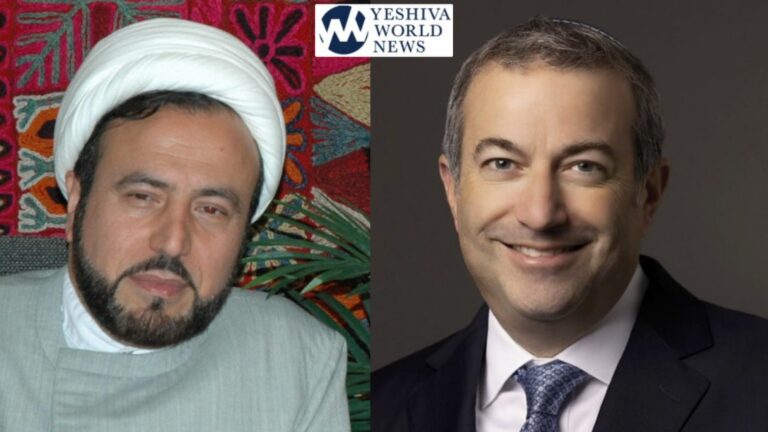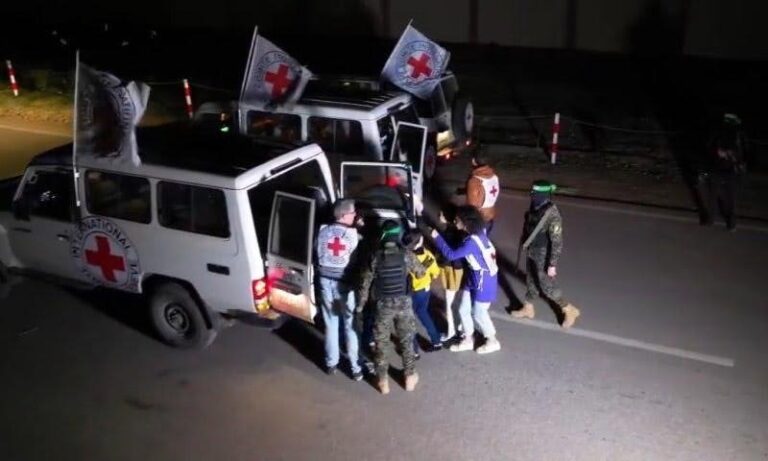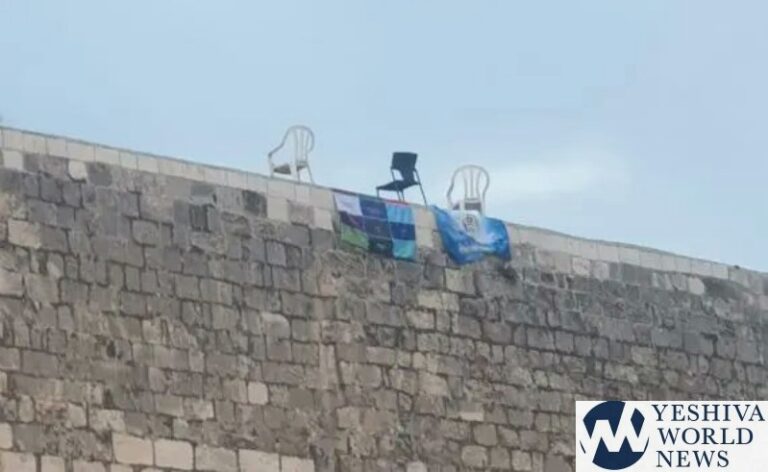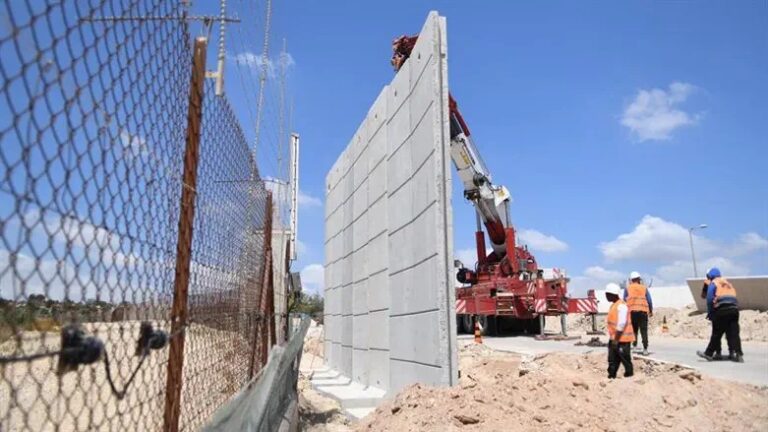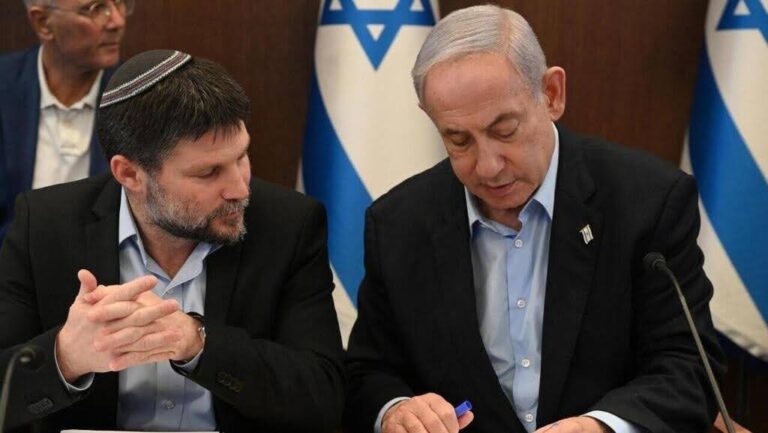 Here are 10 things to know about al-Shabab, the Somali Islamic extremist group that has claimed responsibility for the attack on Kenya’s premier shopping mall that killed dozens of civilians.
Here are 10 things to know about al-Shabab, the Somali Islamic extremist group that has claimed responsibility for the attack on Kenya’s premier shopping mall that killed dozens of civilians.
WHAT IS AL-SHABAB?
Al-Shabab is an extremist Islamic terrorist force that grew out of the anarchy that crippled Somalia after warlords ousted a longtime dictator in 1991. Its name means “The Youth” in Arabic, and it was a splinter youth wing of a weak Islamic Courts Union government created in 2006 to establish a fundamentalist Islamic state in the East African nation. Al-Shabab is estimated to have several thousand fighters, including a few hundred foreign fighters. Some of the insurgents’ foreign fighters are from the Middle East with experience in the Iraq and Afghanistan conflicts. Others are young, raw recruits from Somali communities in the United States and Europe. U.S. officials have expressed fears that militants fleeing Afghanistan and Pakistan could seek refuge in Somalia.
WHERE IS AL-SHABAB?
Al-Shabab won control of almost all of Somalia’s capital, Mogadishu, in 2006, and held large swathes of central and southern Somalia until a United Nations-backed force from the African Union, including soldiers from neighboring Kenya and Uganda, pushed the militants out of the city in 2011 and out of the vital port of Kismayo in 2012. The rebels still control many rural areas in Somalia where it imposes strict Shariah law, including stoning to death women accused of adultery and amputating the hands of accused thieves. In addition it has staged deadly suicide bomb attacks on Mogadishu and Kismayo.
HOW MANY FIGHTERS DOES IT HAVE?
No one knows for sure, but al-Shabab is believed to command thousands of fighters including hundreds of foreigners.
WHY ARE THEY ATTACKING KENYA?
Al-Shabab has warned for two years that it will attack Kenya in retaliation for the country’s leading role in sending troops to Somalia in 2011 and effectively reducing the extremist group’s power in Somalia. Al-Shabab also claimed responsibility for the July 2010 suicide bombings in Kampala, Uganda, that killed more than 70 people watching a World Cup final soccer match at a restaurant popular among foreigners. Ugandan troops also are fighting in the African force in Somalia.
The group has staged ongoing major attacks within Somalia for years.
AL-QAIDA LINKS?
Al-Shabab and al-Qaida in February 2012 announced their alliance, with al-Shabab leader Mukhtar Abu Zubair pledging allegiance to the global terror movement. Al-Qaida’s 2002 attacks on an Israeli-owned Kenyan resort in Mombasa and an attempted attack on a plane carrying Israeli tourists are believed to have been planned by an al-Qaida cell in Somalia. U.S. officials believe some of the al-Qaida terrorists who bombed the United States embassies in Kenya and Tanzania in 1998 were given refuge in Somalia.
WHERE DOES AL-SHABAB’S MONEY COME FROM?
Before African troops moved in, al-Shabab was making a steady income from duties and fees levied at ports and airports as well as extorting taxes on domestic produce and demanding “jihadi” contributions. A United Nations report estimated al-Shabab’s income in 2011 at between $70 million and $100 million. It has lost most of that revenue since it was forced out of Mogadishu and Kismayo. Al-Shabab’s only ally in Africa is Eritrea — which backs it to counter its enemy Ethiopia, which also has troops in Somalia. Eritrea denies charges that it helps arm al-Shabab.
FRACTURED GROUP?
Al-Shabab is believed to have fractured over its alliance with al-Qaida, which caused a rift that has grown between core Shabab fighters who believe their struggle should focus on Somalia, and growing tensions with foreign fighters who want to plot a regional terrorist strategy. Analysts think attack on Nairobi’s Westgate mall could indicate the extremists are winning that internal struggle. Further divisions are believed to have been caused by the group’s decision to ban foreign aid organizations from operating in the country and providing food to save millions of victims of conflict-induced famine. That decision was announced in 2011, when the U.N. said Somalia had the world’s highest child mortality rate.
U.S. ROLE IN THE FIGHT AGAINST AL-SHABAB?
The United States backed the first African intervention against al-Shabab, supporting Ethopian troops that invaded in 2006. Washington has given millions of dollars to support the U.N.-backed African force fighting al-Shabab, which it designated a foreign terrorist organization in 2008. The intervention from Ethiopia, a longtime enemy of Somalia, is considered to have radicalized al-Shabab and perhaps pushed it into the arms of al-Qaida, according to the U.S.-based Center for Strategic and International Studies.
WHAT INSPIRES THEM?
Al-Shabab is inspired by the Saudi Arabian Wahabi version of Islam though most Somalis belong to the more moderate Sufi strain. While they initially won popularity with Somalis by promising security and stability after years of lawlessness and violence, al-Shabab’s destruction of Sufi shrines has cost them much support among locals.
WHAT DOES THE FUTURE HOLD FOR SOMALIA?
Somalia’s first elected government in more than two decades won power a year ago and, together with the African Union force, has the opportunity to create “a window of opportunity to fundamentally change Somalia’s trajectory,” according to the U.S. State Department. Business is growing and even foreign oil companies are negotiating concessions at the most hopeful moment in decades for that failed state.
(AP)





